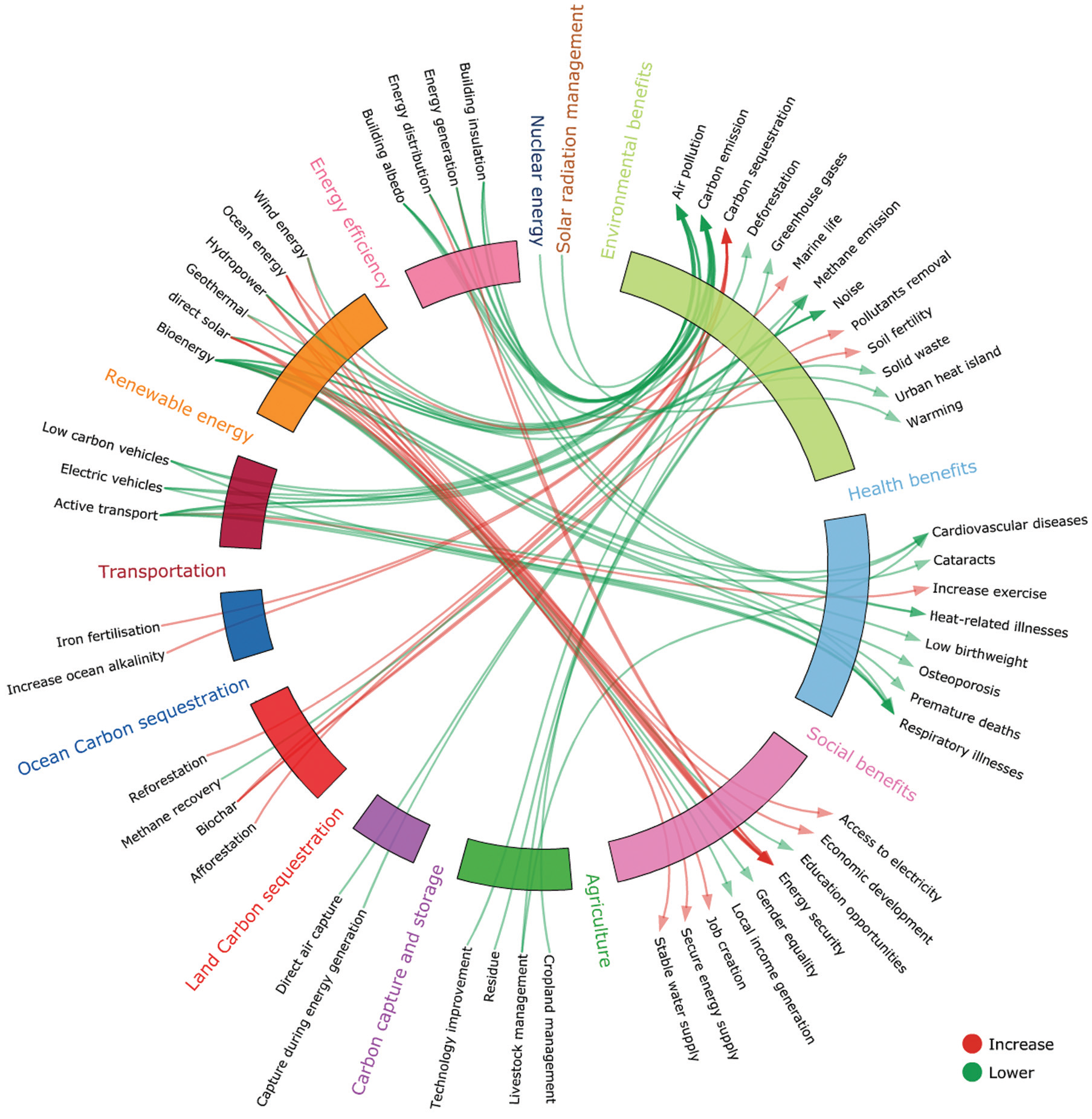What if Toronto’s bankers, nurses, and social housing providers all agreed on the same pathway forward for the City? It’s difficult to imagine; working within an increasingly complex system, policy priorities are often in competition with one another. Cyclists and drivers compete for street space and organizations compete for scarce resources. Instead of trying to juggle competing priorities, a new TransformTO report examines how certain greenhouse gas (GHG) reduction actions drive other beneficial outcomes, like creating complete communities, improving public health, trimming municipal operating and capital costs, and a host of other ancillary public goods. It also looks at the potential for “co-harms” of GHG reduction. For example, increasing land density reduces GHGs, but traffic-related noise has been associated with health impacts like cardiovascular disease, a potential co-harm associated with a more compact urban form. Literature from other cities as well as extensive existing Toronto policies on health and economic development were used to develop the report, Considerations of Co-benefits and Co-harms Associated with Low-Carbon Actions for TransformTO. Three main areas of potential synergies are reviewed: economic prosperity, health, and social equity.
Economic Prosperity
The transition to a low-carbon economy poses potential benefits related to employment, household incomes, public finance, environmental capital, and social capital. One analysis pegged the global economic opportunity of investments in low-carbon urban actions at $16.6 trillion – the financial savings resulting from energy savings and lower cost of transportation, buildings, and waste sectors. Results show especially high potential related to the green jobs market. For example, at a city scale, the transition from a fossil fuel-based energy system to one based on renewable energy will require massive investments in infrastructure – from vehicles to district energy, from transit to energy efficiency. The mobilization of public and private finance that Toronto would need to realize that transition would generate profit and create many new jobs.
Social Equity
GHG reduction actions such as increasing mixes of land-use in neighbourhoods and providing high quality, frequent, and accessible transit have the effects of bringing jobs close to home and empowering people to get around the city. However, social equity outcomes are very sensitive to how the policies are implemented. Large infrastructure investments could favour high income households over lower income ones, so fair distribution is a very important factor in the implementation. If programs are designed well, low-carbon actions can benefit all, improving health and mobility for disadvantaged groups. Retrofitting buildings for energy efficiency is a key example. Efficiency reduces energy bills to make them more affordable, and can help protect high-risk populations from the impacts of extreme heat conditions – which are expected to increase as the climate changes.
Health
One of the most significant and immediate health benefits of carbon reduction is improved air quality. More transit and fewer gasoline and diesel engines on the road contribute to improved air quality and better health outcomes, such as fewer deaths and hospitalizations from cardiovascular disease, asthma, and lung infections. Other overlapping benefits included increased physical activity from the promotion of transit and active transportation which in turn reduces incidence of inactivity and obesity-related diseases. But again, policies need to be designed sensitively to avoid negative feedback cycles. For example, compact urban development reduces carbon, but without careful design, residents could be at risk of higher exposure to elevated levels of air pollution as they walk or cycle in close proximity to traffic congestion. Similarly, cost increases in compact urban centres may encourage many people to move to more affordable housing at the edge of the city. Resulting urban sprawl would mean more commuters travelling longer distances, increasing emissions from traffic and congestion.
Recommendations
Overall, the report demonstrates there are far more benefits associated with carbon reduction compared to co-harms. In almost every case, negative impacts can be mitigated or reversed by policy design that considers other city priorities. This bodes well for our ability to expand the relevance of carbon reduction actions and build greater public support for low-carbon priorities. Building on the work of the TransformTO project, the report recommends prioritizing actions based on co-benefits, and considering positive and negative impacts at the neighbourhood level. For example, some co-benefits or co-harms might unequally benefit or harm different communities. Considering how to increase co-benefits and reduce co-harms will be a key to program design.

Figure 1. Illustration of co-benefits of climate change mitigation techniques

